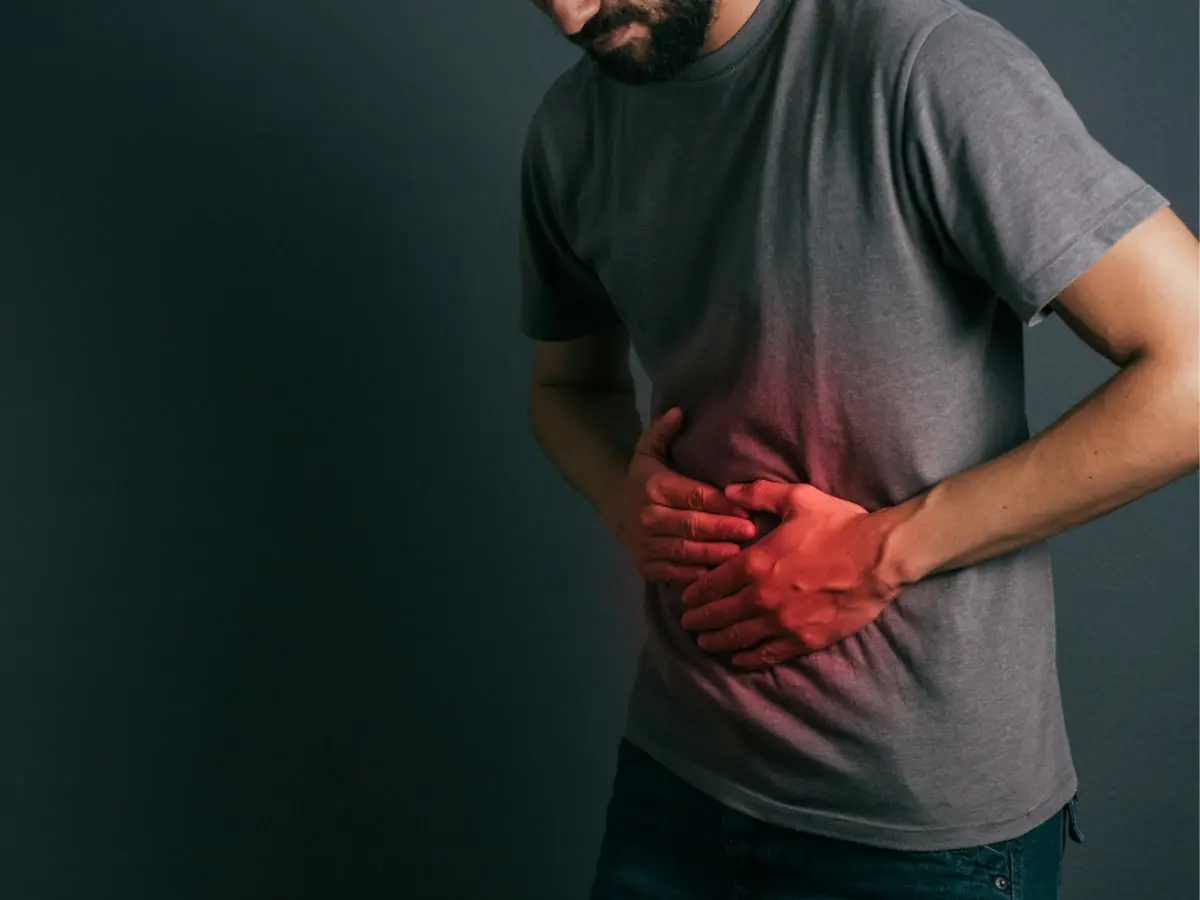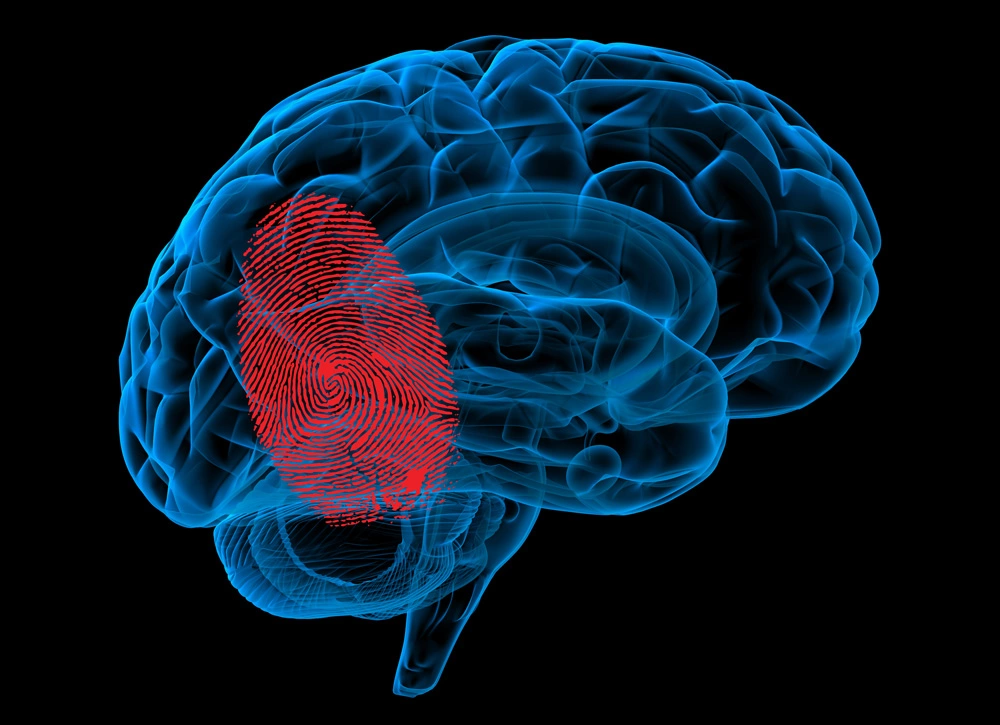Chronic abdominal pain (CAP) is one of the most common complaints seen in primary-care clinics, subspecialty, and...
Read MorePsychological Effects of Chronic Pain
Introduction
If you feel a little pain, you will be upset, but if the pain continues as a result of a chronic disease such as diabetes, migraine headaches, or arthritis, in this case, it is called chronic pain, and it affects the patient’s entire life. In this article, we will discuss the psychological effects of chronic pain.
Chronic pain is experienced and expressed differently by people, reflecting complex and shifting relationships between physical, psychological, and social processes.
The psychological state of the patient is affected, especially when attacks of chronic illness attack , the patient may become depressed, or insomniac, and the matter may develop into depression or generalized anxiety disorder, post-traumatic stress disorder.
Psychological Effects of Chronic Pain
Depression plays a significant role in the impairment produced by headaches, backaches, or arthritis. Even if they don’t have a serious underlying condition, people in pain who are also depressed become major users of medical services.
Depression has a tangled relationship with chronic pain, which inhibits recovery from depression and makes pain treatment more difficult.
Anxiety disorders, somatoform disorders, substance use disorders, and personality problems are all linked to chronic pain.
Pre-existing, semi-dormant traits of the individual prior to the onset of chronic pain are awakened and amplified by the stress of chronic pain, eventually leading to diagnosable disorders, just as they are in depression.
1. Depression
One of the most important psychological effects of chronic pain that can occur is depression, which is characterized by low mood, loss of interest, and decreased ability to feel pleasure.
The relationship between chronic pain and depression is complex. Each condition can occur independently, but pain and depression may develop secondary to one another.
There is a significant overlap between pain and depression-induced neuroplasticity shifts and neurobiological mechanism modifications, according to studies.
Such overlaps are critical for the incidence and development of chronic pain-induced depression.
Why Depression Occurs with Chronic Pain?
We will explain the most important causes of depression with chronic pain.
a. Brain Pathways
The nervous system’s network reflects the confluence of depression and pain.
Brain pathways that handle the receiving of pain signals, including the seat of emotions in the limbic region, communicate with the body and brain in both directions during the feeling of pain.
The insular cortex, prefrontal cortex, anterior cingulate, thalamus, hippocampus, and amygdala, which form a histological structural foundation for the coexistence of pain and depression, have been shown to share the same brain regions involved in mood management.
Furthermore, several studies have found that the prefrontal cortex (PFC) and hippocampal sizes are much smaller in depressed patients and are directly associated to the severity of depression.
b. Role of Monoamine Neurotransmitters
Serotonin (5-HT), dopamine (DA), and norepinephrine (NE) are monoamine neurotransmitters that have been researched in the molecular underpinnings of chronic pain and depression.
The traditional monoamine theory posits that depression is caused by a decrease in the availability of monoamine neurotransmitters such as 5-HT and NE in the central nervous system (CNS) and Monoamine neurotransmitters are also important in the incidence and development of pain.
c. Inflammatory Effect
In recent decades, the link between inflammatory variables and the CNS has become increasingly obvious.
The inflammatory reaction that surrounds it has been proven to generate pain and depression; consequently, pain mediated by the inflammatory response may be more strongly linked to depression.
2. Anxiety
Anxiety is a physiological state distinguished by fear and concern, as well as cognitive, physical, emotional, and behavioral components.
Physical symptoms of anxiety include heart palpitations and shortness of breath, whereas the cognitive component involves the expectation of a diffuse and certain danger.
In chronic pain patients, generalized anxiety disorder (GAD) is the most typically diagnosed anxiety illness.
Pain and anxiety coexist for a reason: both warn approaching danger and the need for action, both of which provide survival value to the individual.
Anxiety disorders are second after depression in terms of psychiatric comorbidity.
It is a natural reaction in everyone, clinical anxiety causes emotions of dread to become more intense and last longer, interfering with regular functioning.
Anxiety and chronic pain have a strong link to depression, according to studies.
Summary
Depression and anxiety, in particular, play a significant impact in the worsening of pain perception in general.
In patients with chronic pain, significant depression is linked to impaired function and poor treatment response.
Depression is a typical side effect of chronic pain that requires treatment in order to enhance outcome metrics and quality of life.
How useful was this post?
Click on a star to rate it!
Average rating 0 / 5. Vote count: 0
No votes so far! Be the first to rate this post.
I'm sorry that this post was not useful for you!
Let me improve this post!
Tell me how I can improve this post?
References
- Depression and pain. Harvard Health. (2017, March 21). Retrieved October 5, 2021, from Harvard Health Publishing
- Holmes, A., Christelis, N., & Arnold, C. (2013, October 29). Depression and chronic pain. The Medical Journal of Australia. Retrieved October 5, 2021, from The Medical Journal of Australia
- Holmes, A., Christelis, N., & Arnold, C. (2013, October 29). Depression and chronic pain. Wiley Online Library. Retrieved October 5, 2021, from Wiley Online Library
- Sheng, J., Liu, S., Wang, Y., Cui, R., & Zhang, X. (2017). The link between depression and chronic pain: Neural mechanisms in the brain. Neural plasticity. Retrieved October 5, 2021, from PubMed.
- Surah, A., Baranidharan, G., & Morley, S. (2013, October 8). Chronic pain and depression. OUP Academic. Retrieved October 5, 2021, from Oxford Academic.
- Woo, A. K. (2010, March). Depression and anxiety in pain. Reviews in pain. Retrieved October 5, 2021, from PubMed.
Recent Posts
-
SAPHO Syndrome | Causes, Symptoms, Diagnosis & Treatments
-
Systemic Lupus Erythematosus | Causes, Symptoms & Treatments
-
Gastric Ulcers | Causes, Symptoms, Complications & Treatments
-
Wiskott-Aldrich Syndrome | Causes, Symptoms & Treatments
-
The 4 Stages of HIV Infection | Ultimate Guide
-
Good’s Syndrome | Symptoms, Causes & Treatments
-
Acquired Angioedema | Causes, Symptoms & Treatments
-
Rheumatoid Arthritis | Symptoms, Causes, Diagnosis & Treatments
-
Acute Pancreatitis | Causes, Symptoms, Diagnosis and Treatments
-
Pernicious Anemia | Causes, Symptoms, Diagnosis and Treatments
-
Sickle Cell Anemia | Causes, Symptoms, Diagnosis and Treatments
-
Aplastic Anemia | Causes, Symptoms, Diagnosis and Treatments
-
Diamond Blackfan Anemia | Causes, Diagnosis and Treatments
-
Sideroblastic Anemia | Causes, Symptoms & Treatments
-
Organic Dust Toxic Syndrome (ODTS) | Symptoms, and Treatments




